Making knowledge travel: exploring modes of dissemination for practice-based design research
What
On Thursday the 14th May 2015, we organised a PhD by Design study and workshop day hosted at Leeds College of Art to explore questions around the dissemination of practice-based design research.
The topic of the day was inspired by the many questions raised around research dissemination during the PhD by Design conference at Goldsmiths in November 2014.
Through this study day, we wanted to make space for tentative yet innovative ideas rather than gathering around polished knowledge and methods of dissemination. Everyone attending the day presented and contributed to create a supportive environment for discussion and exploration.
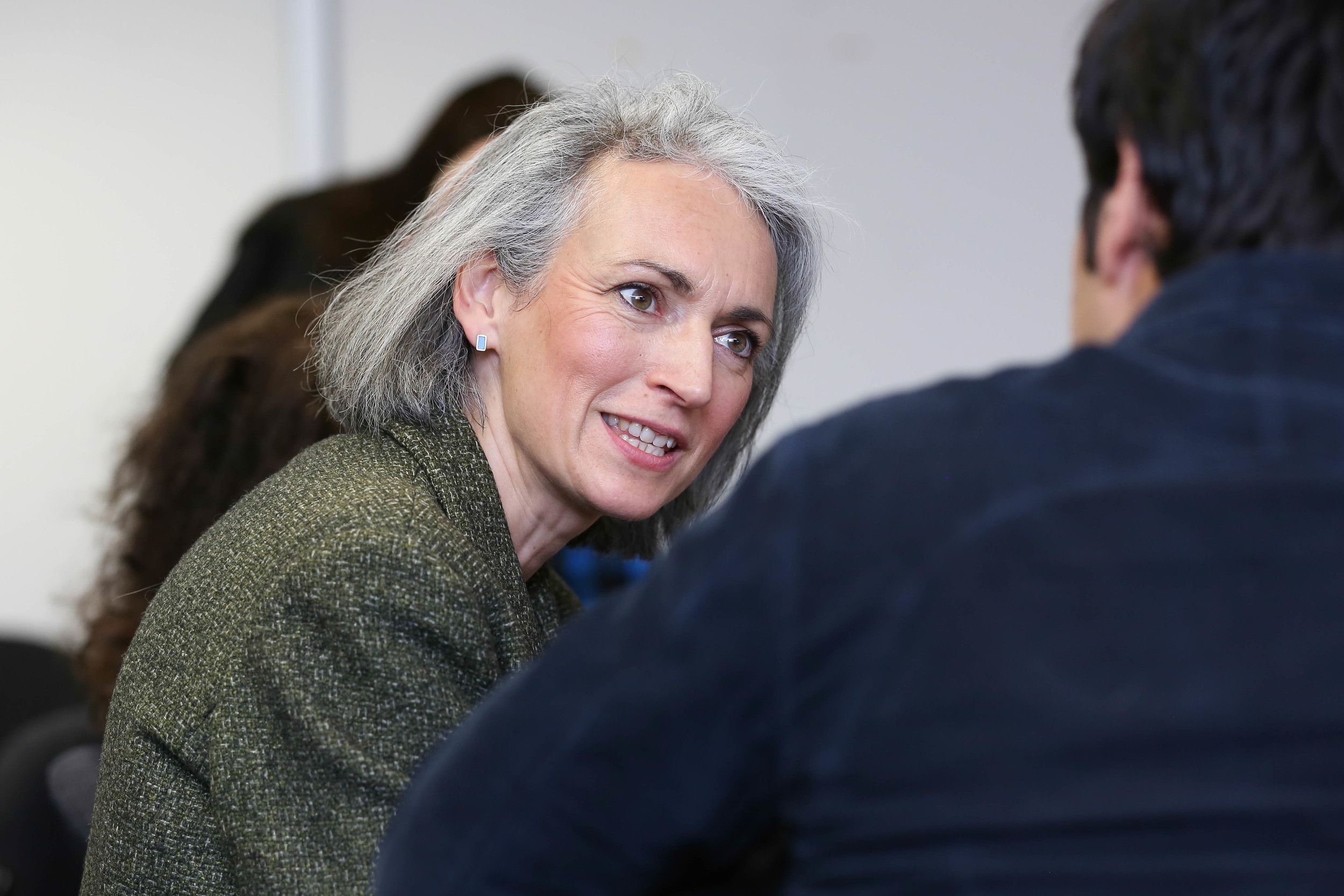
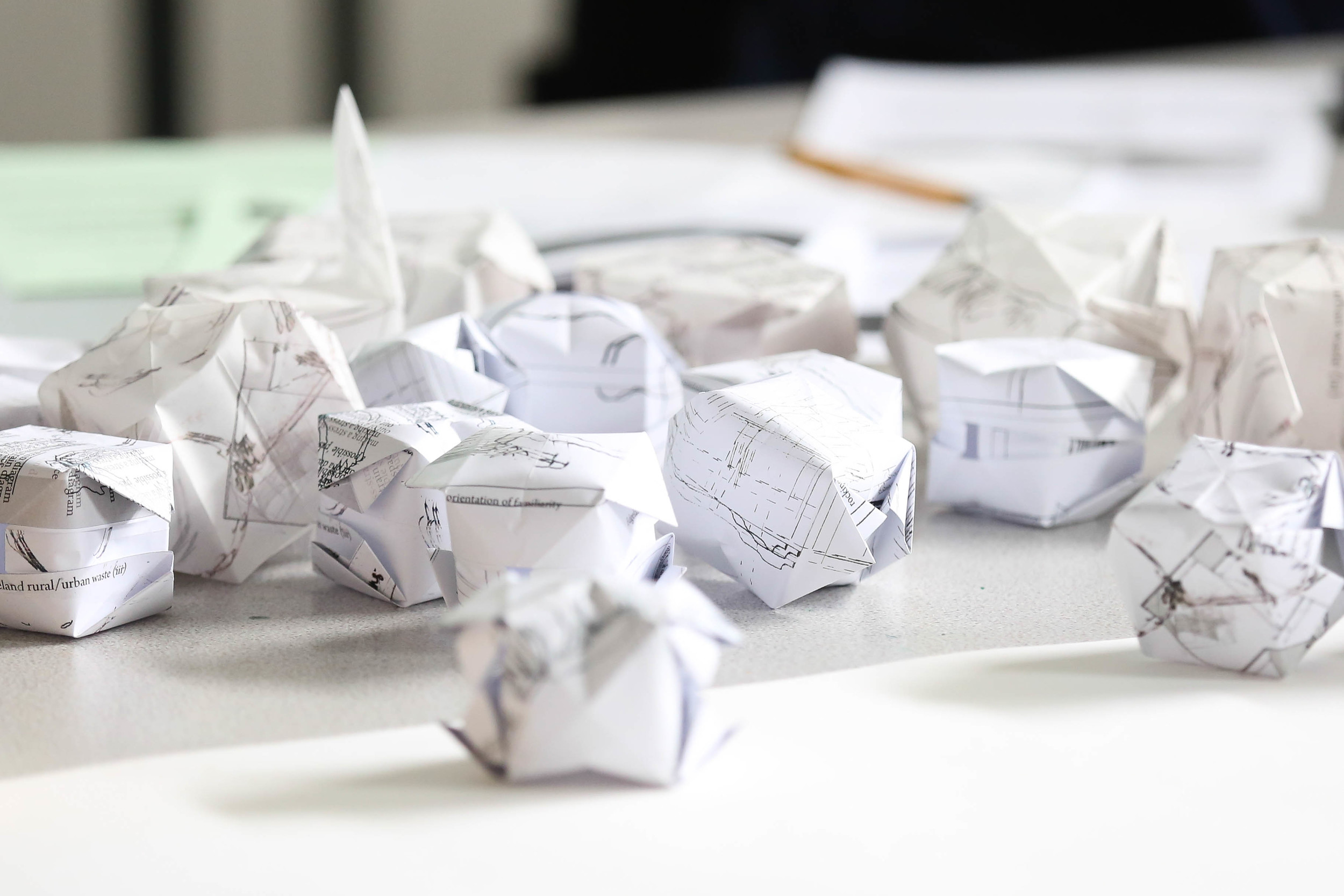
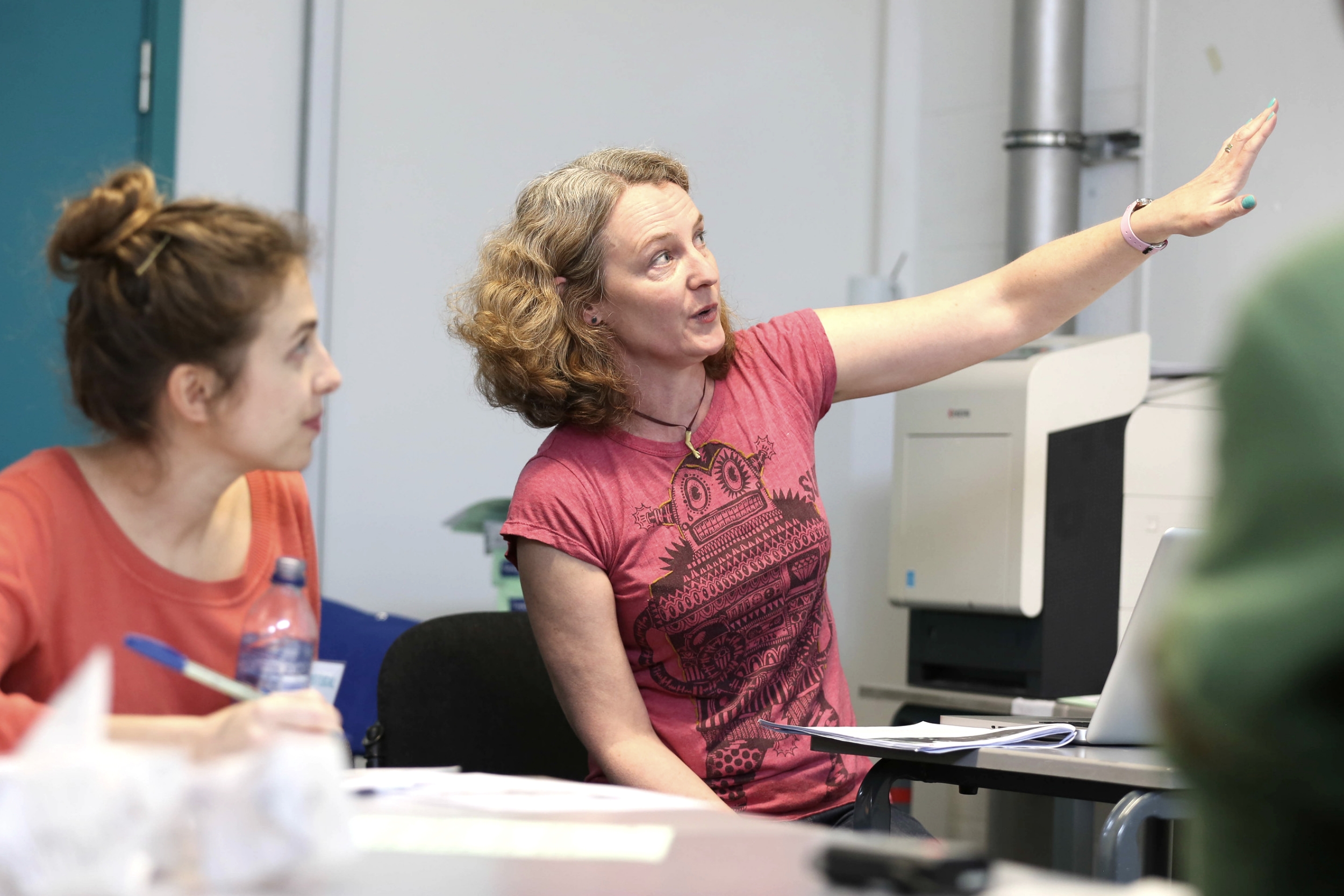
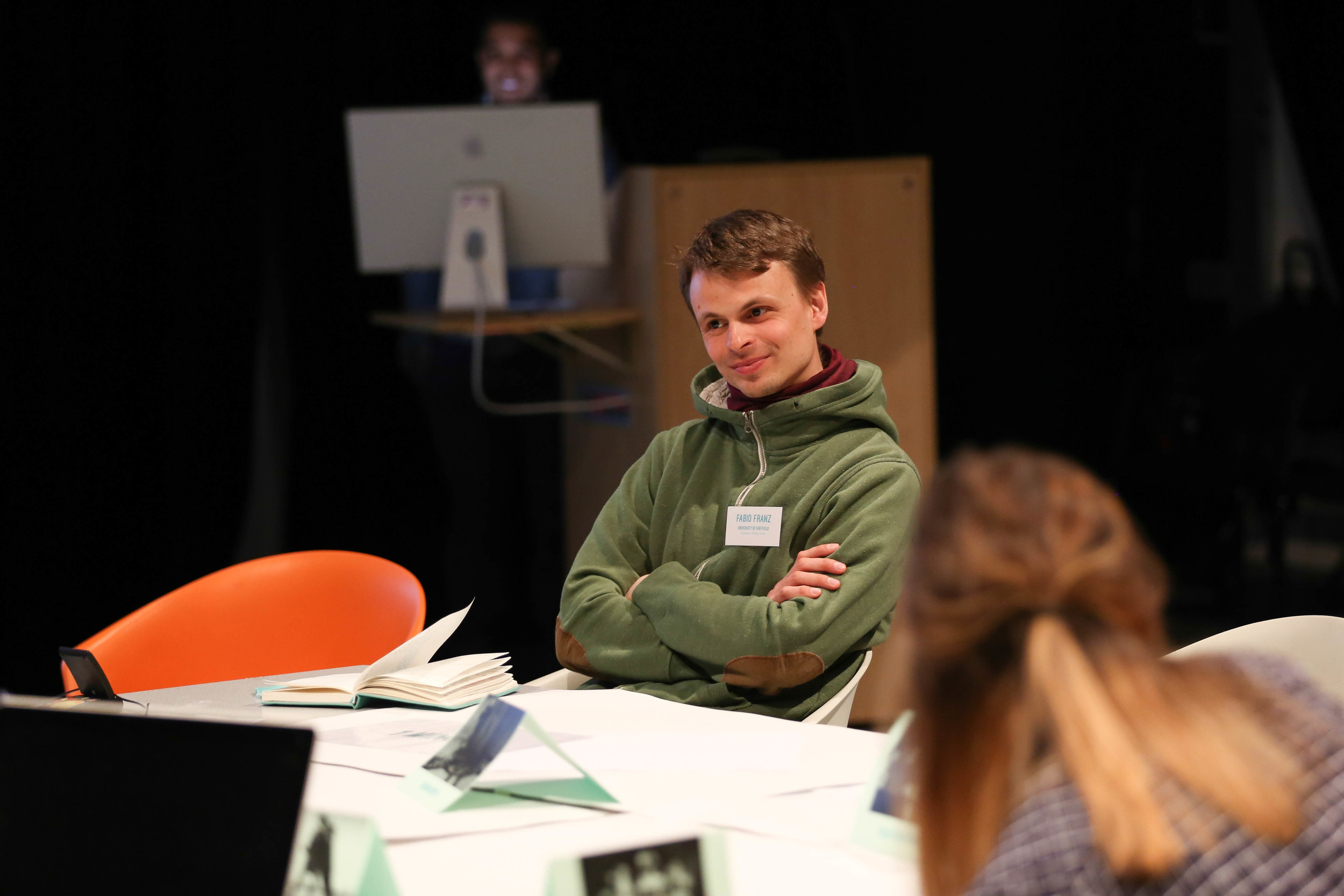
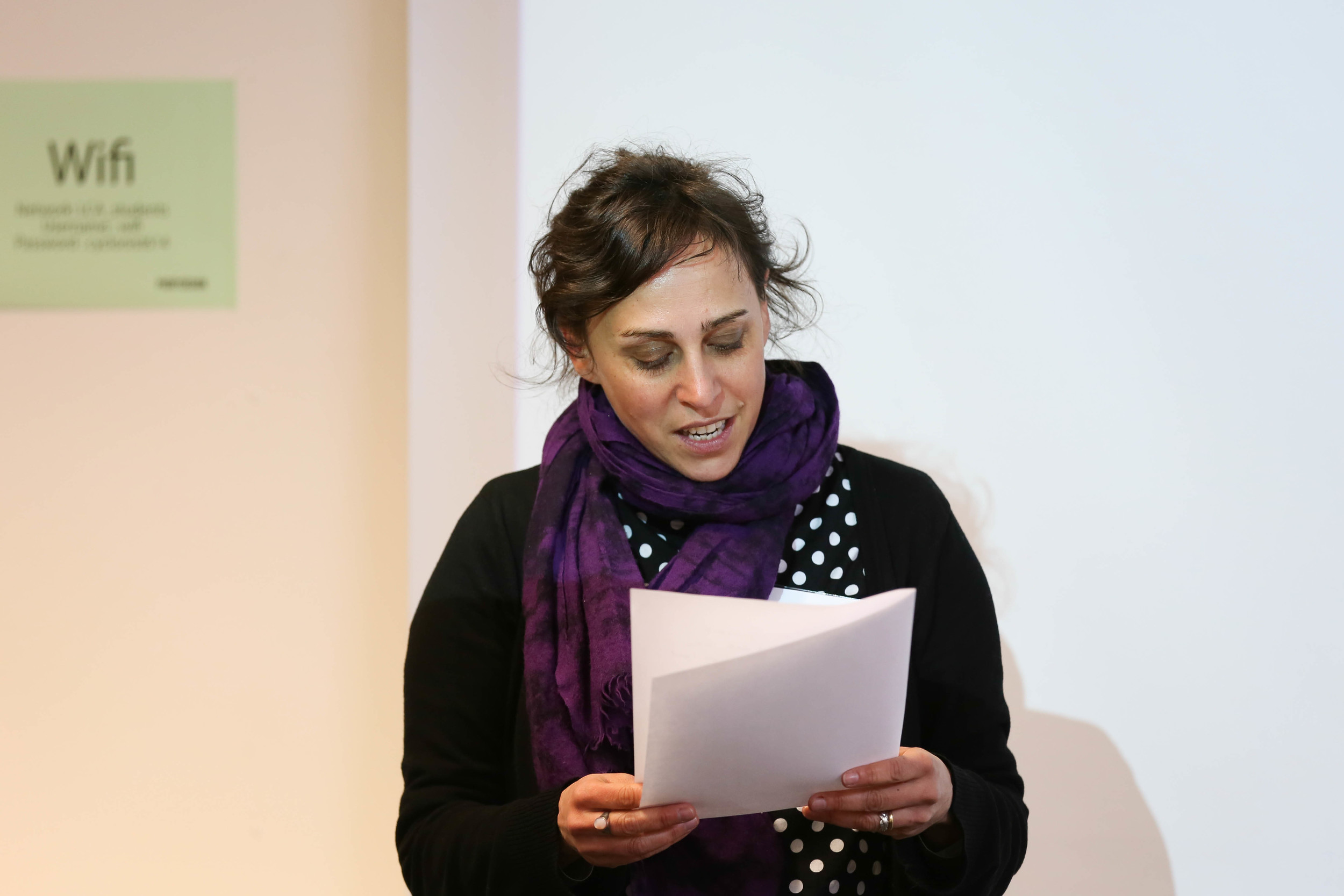


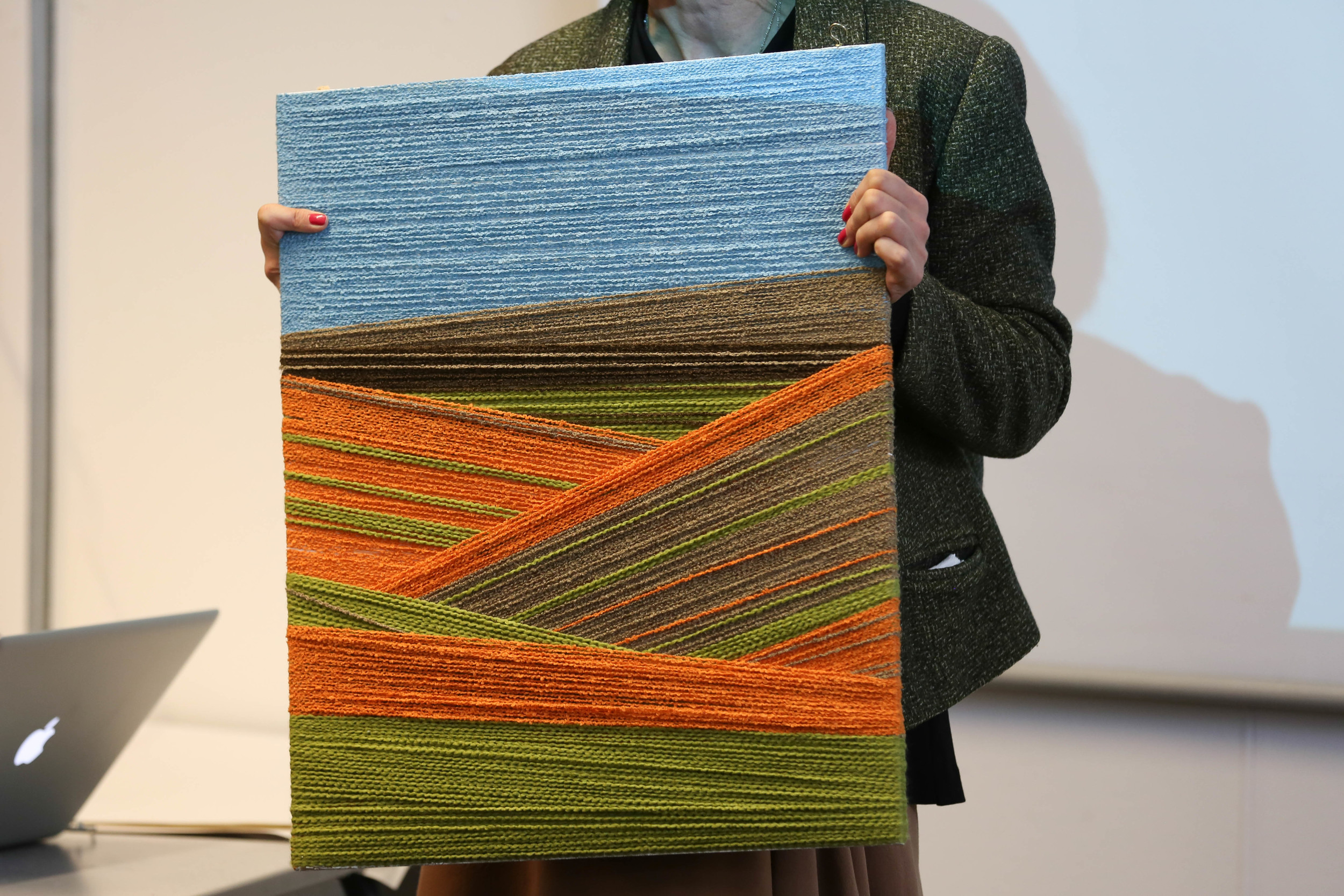
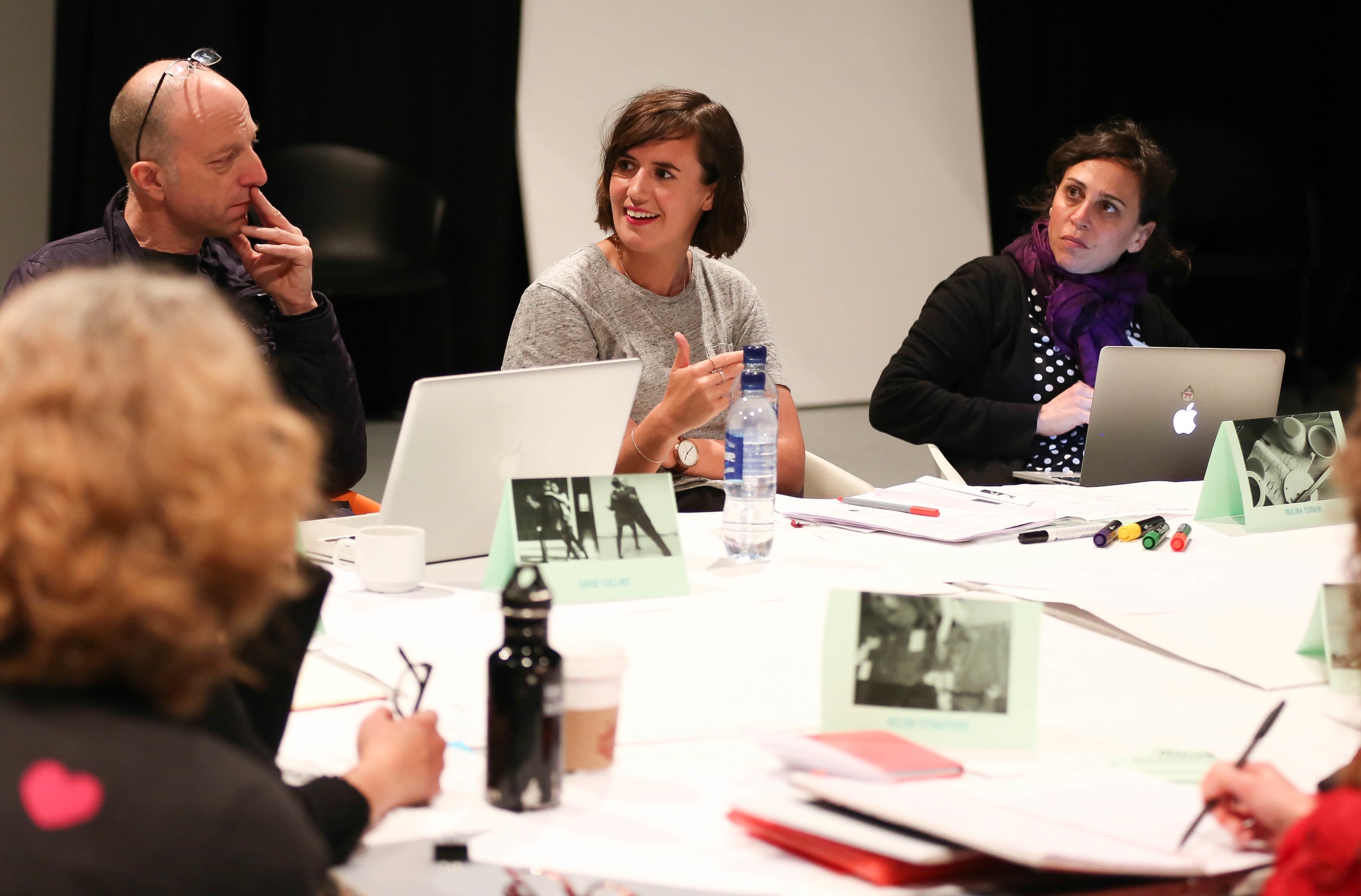
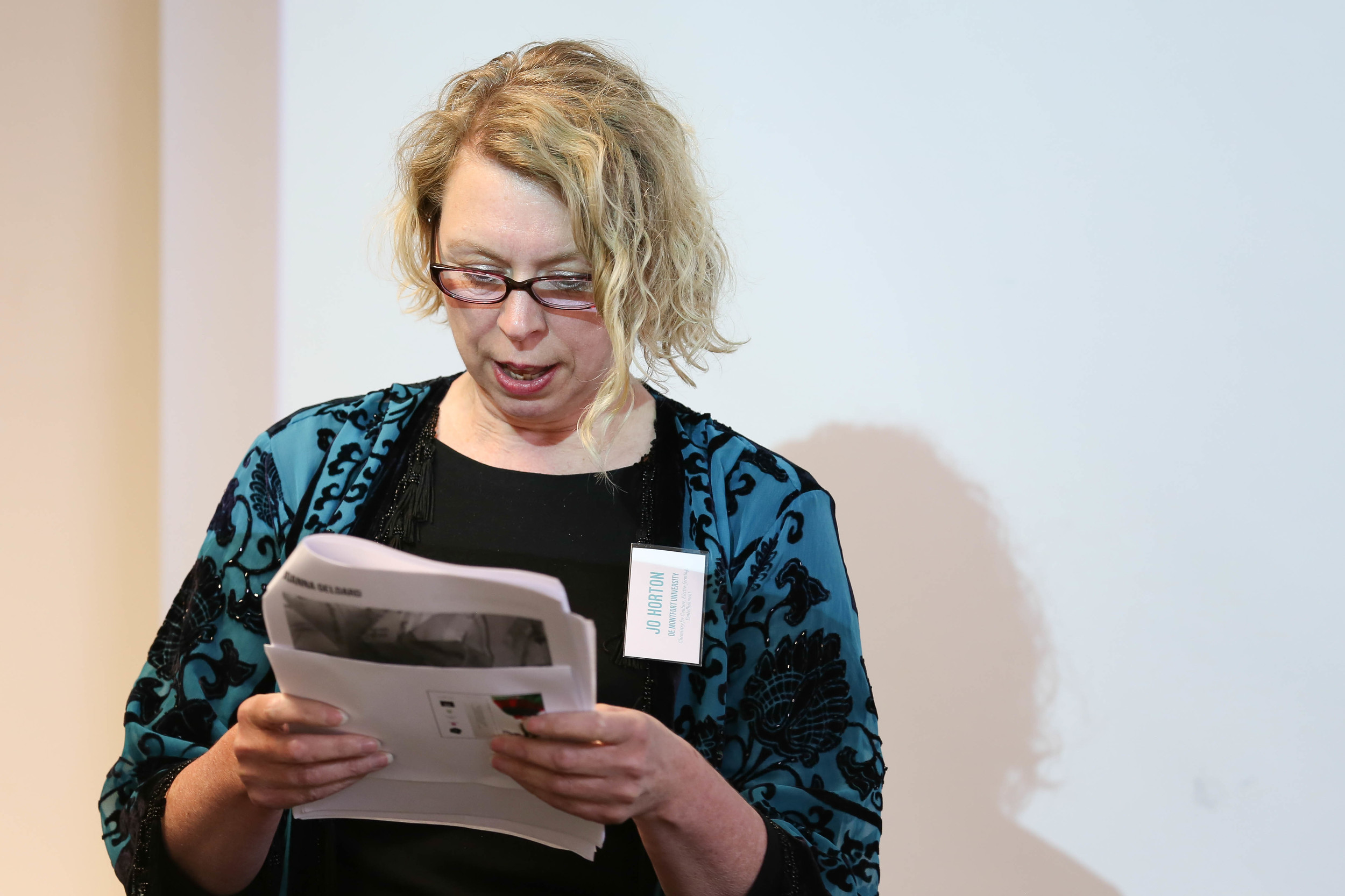
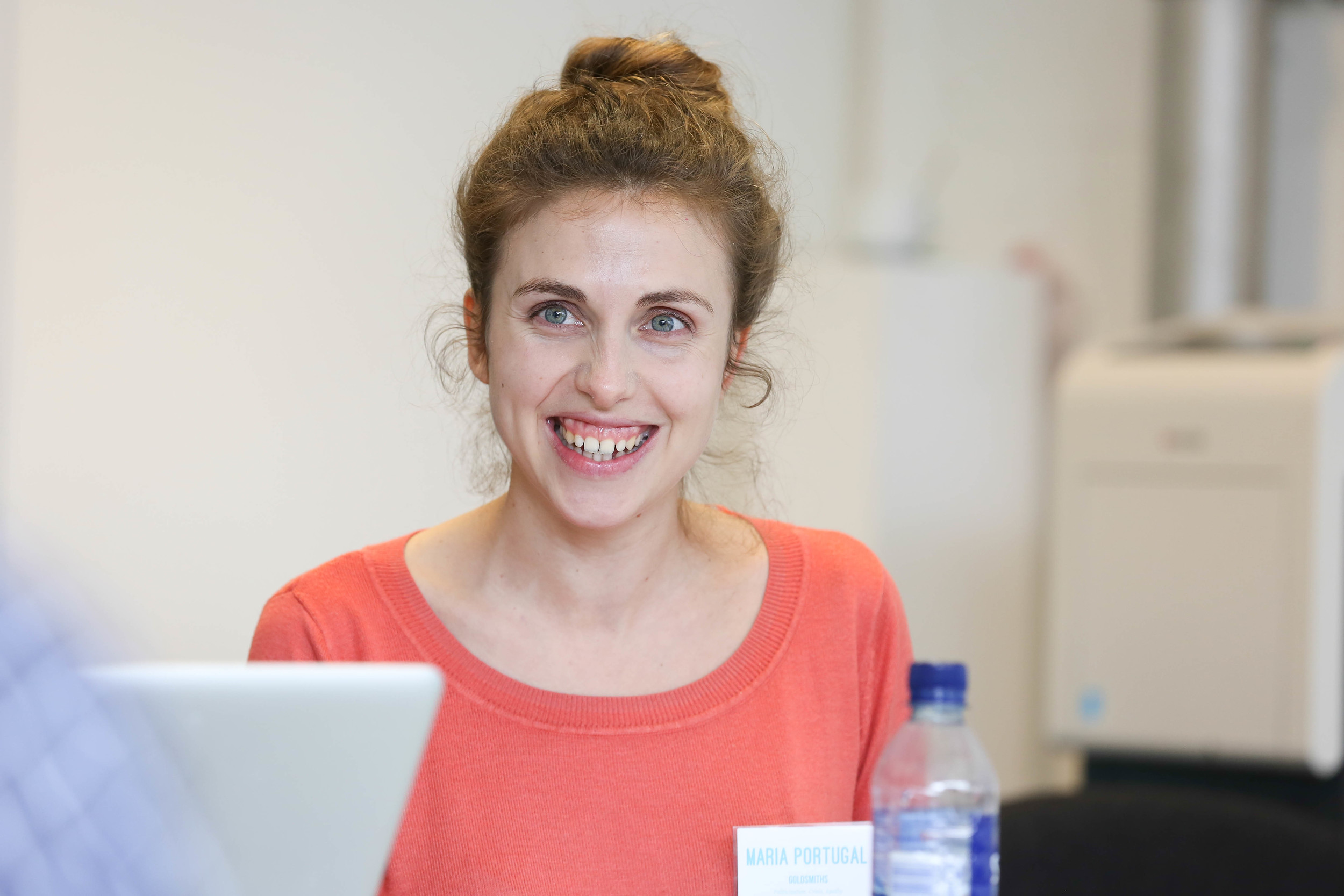
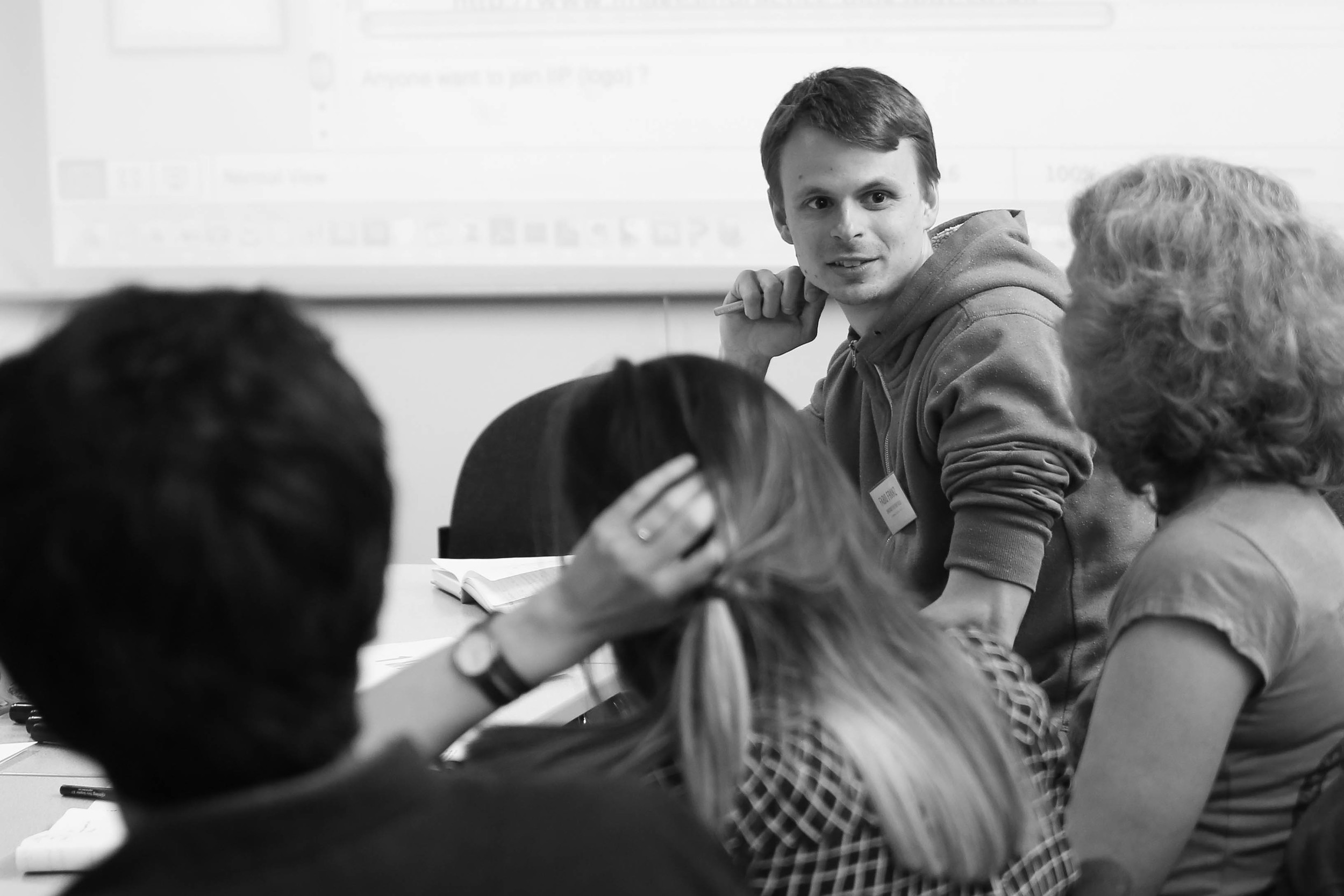

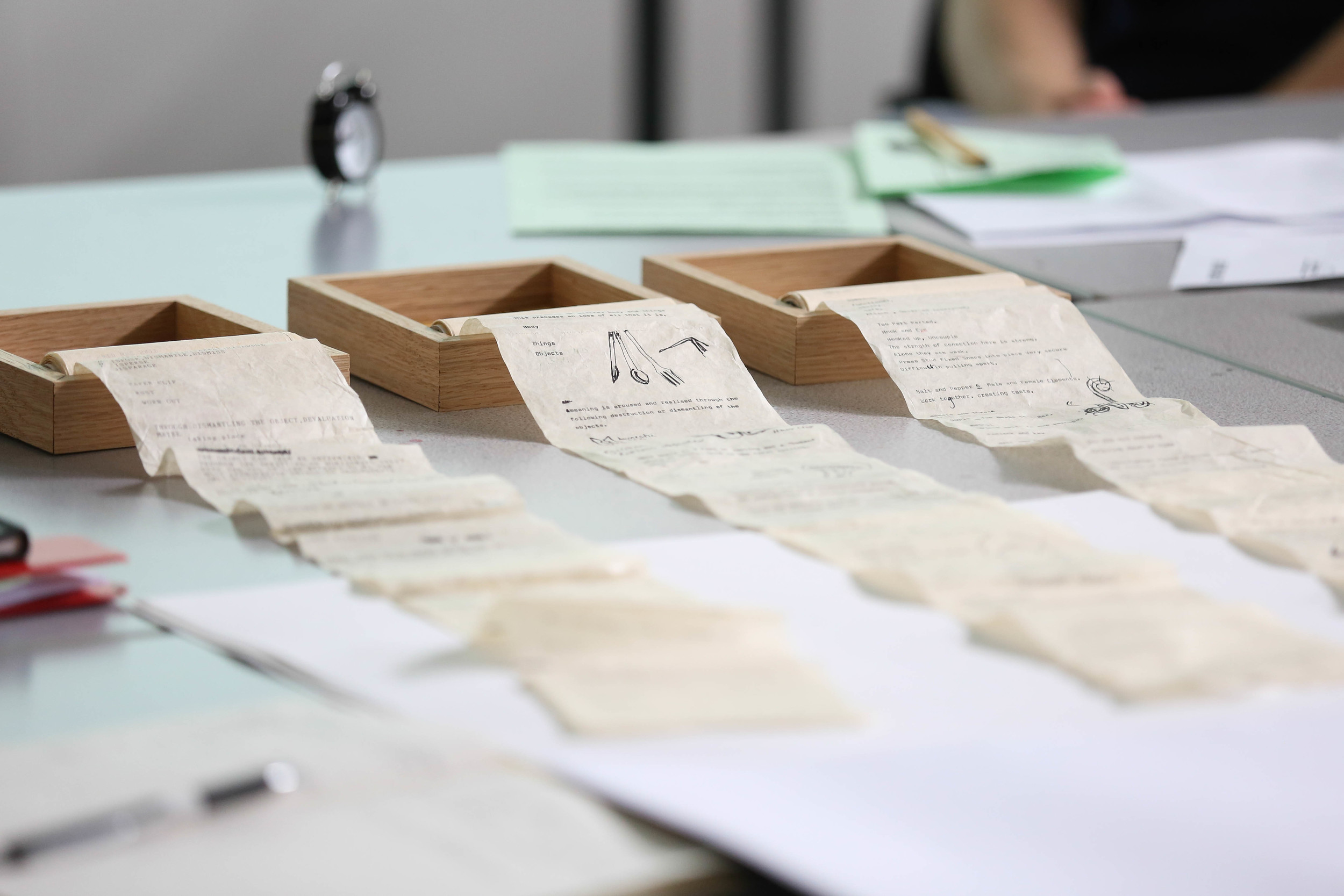

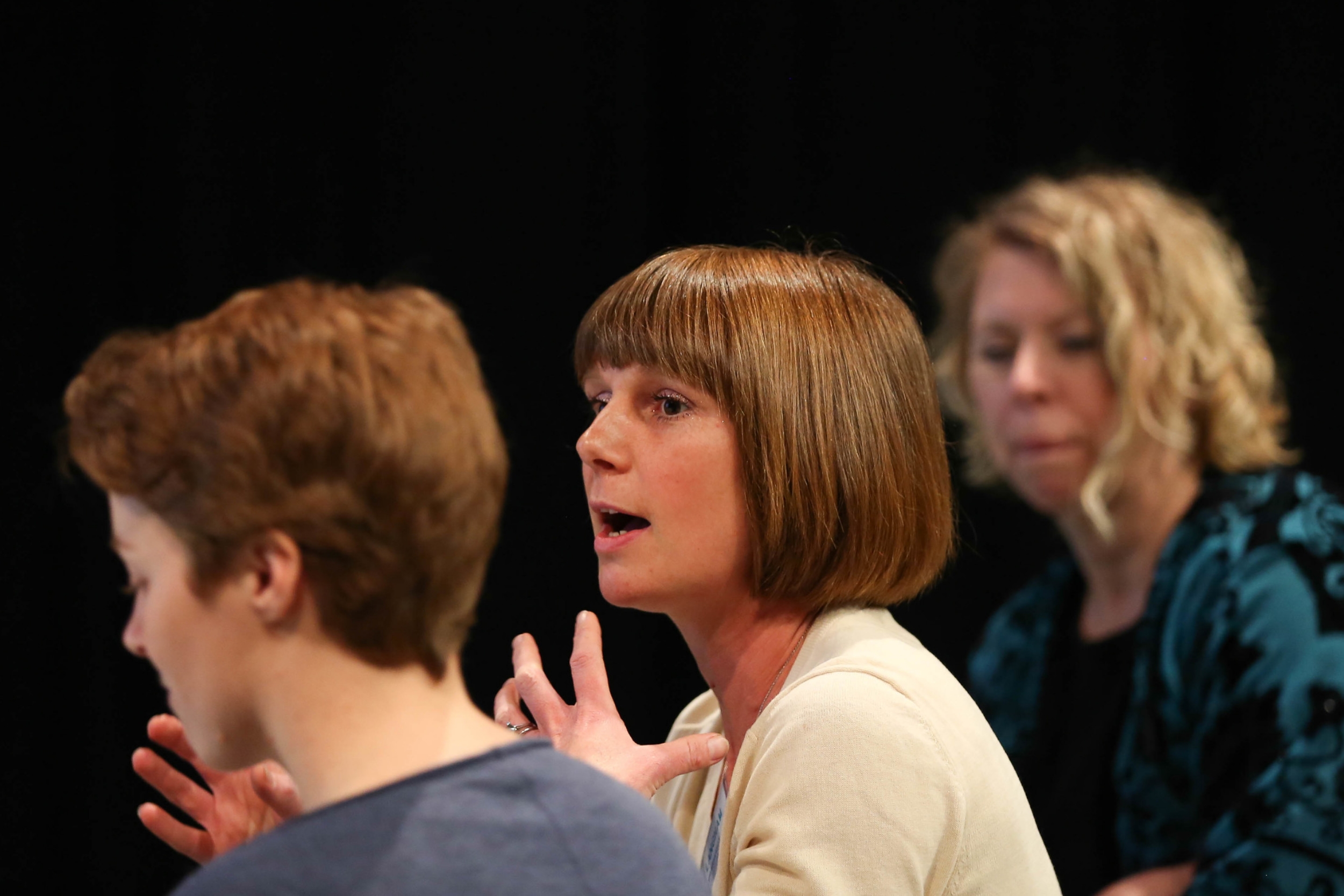
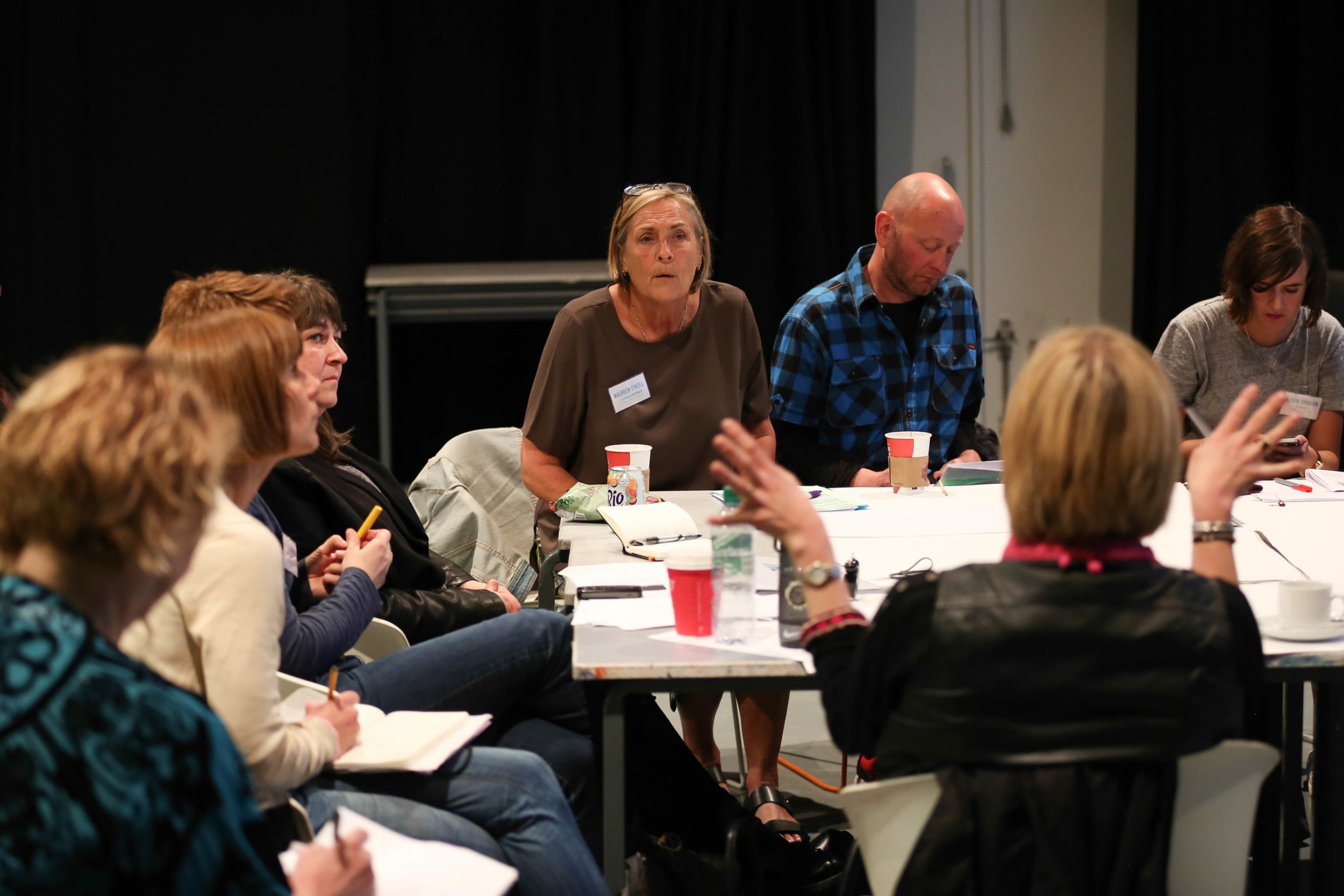
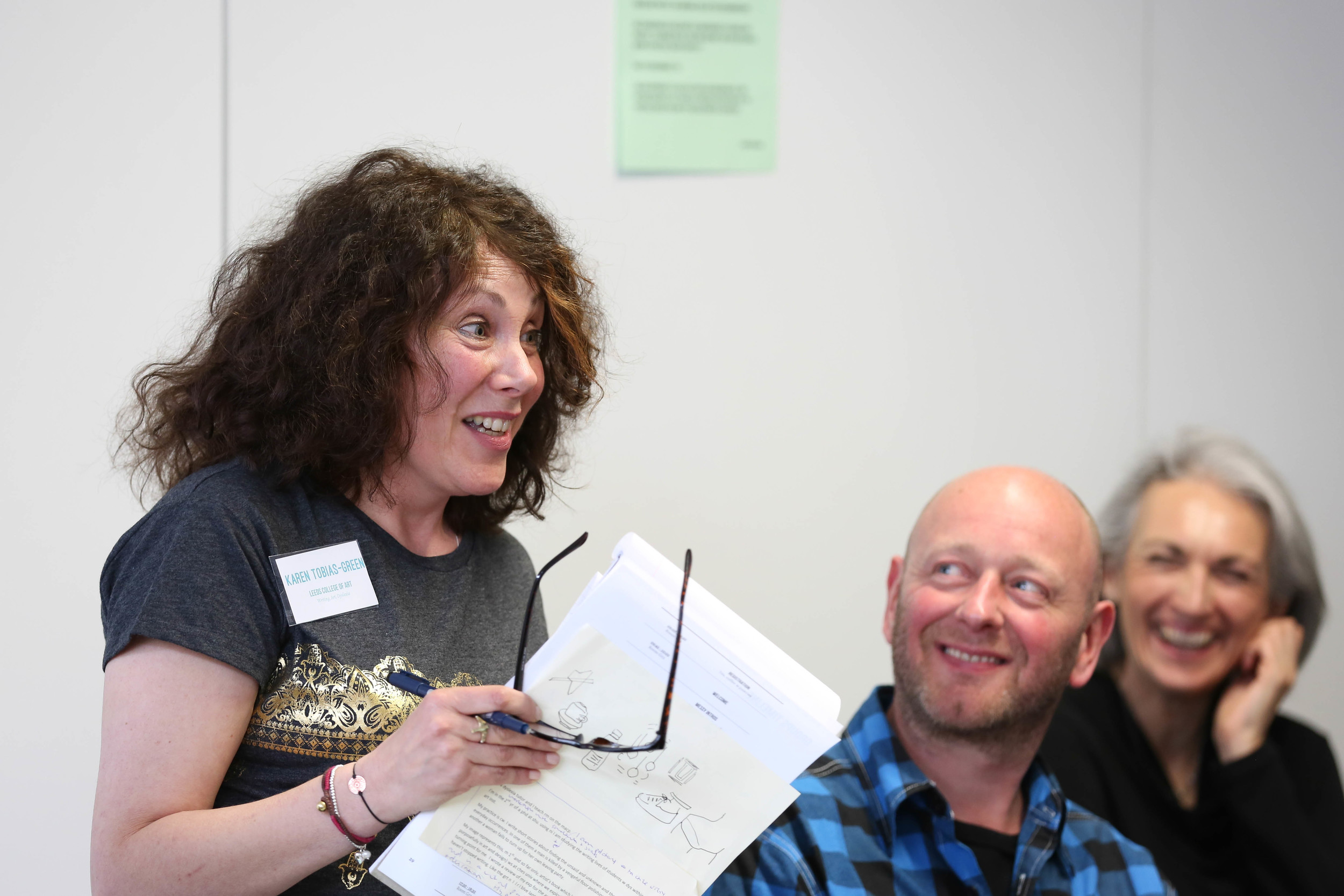
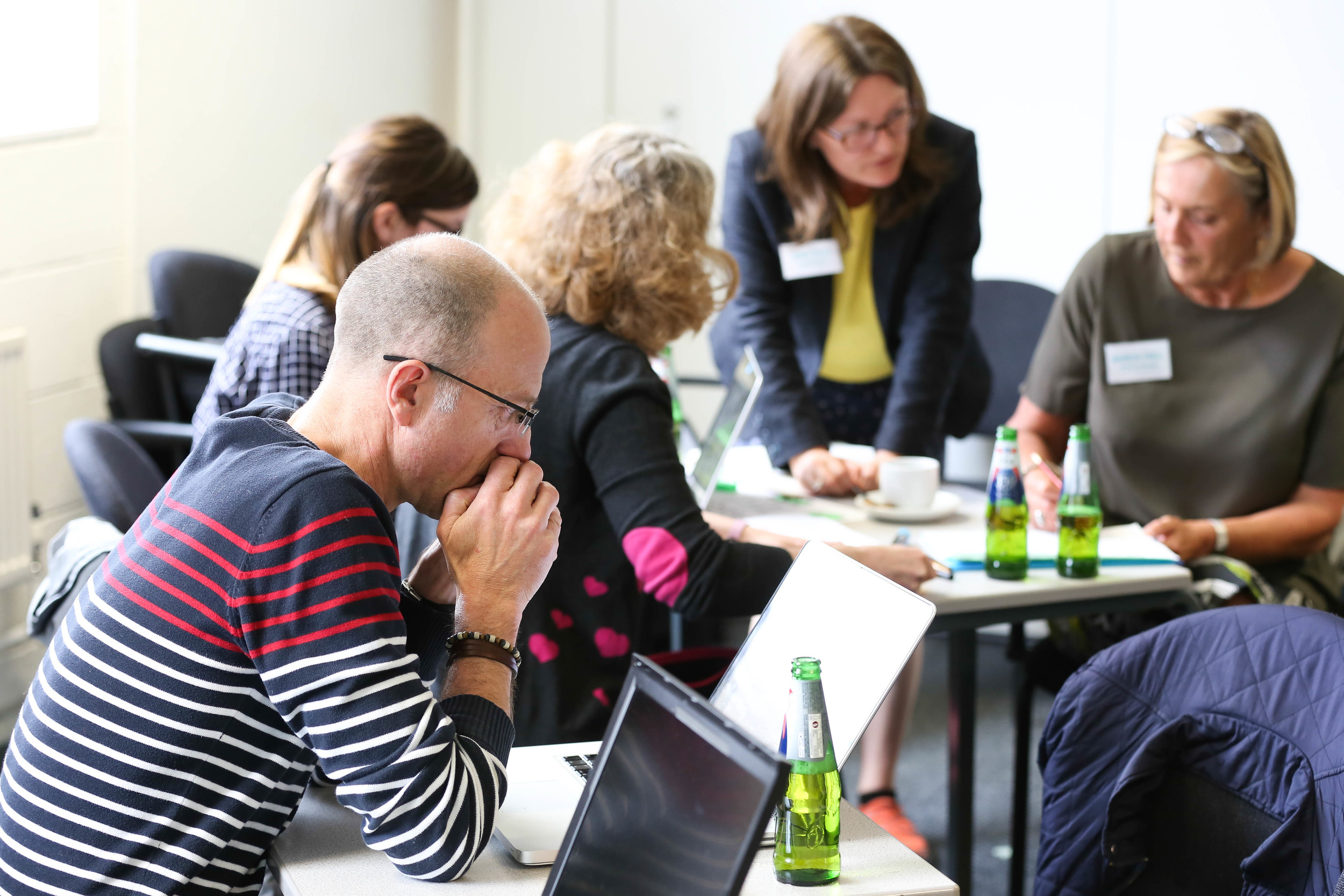
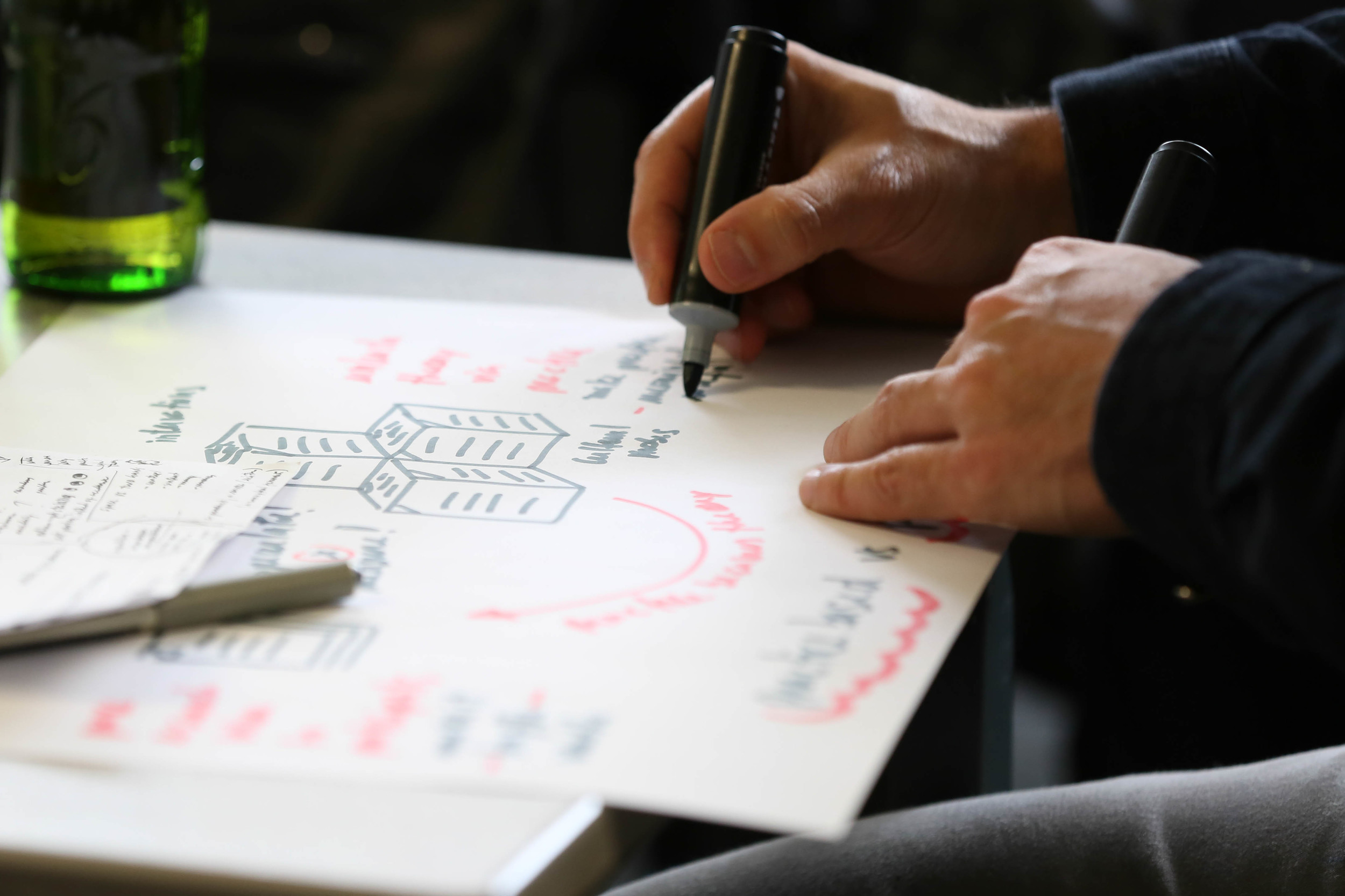
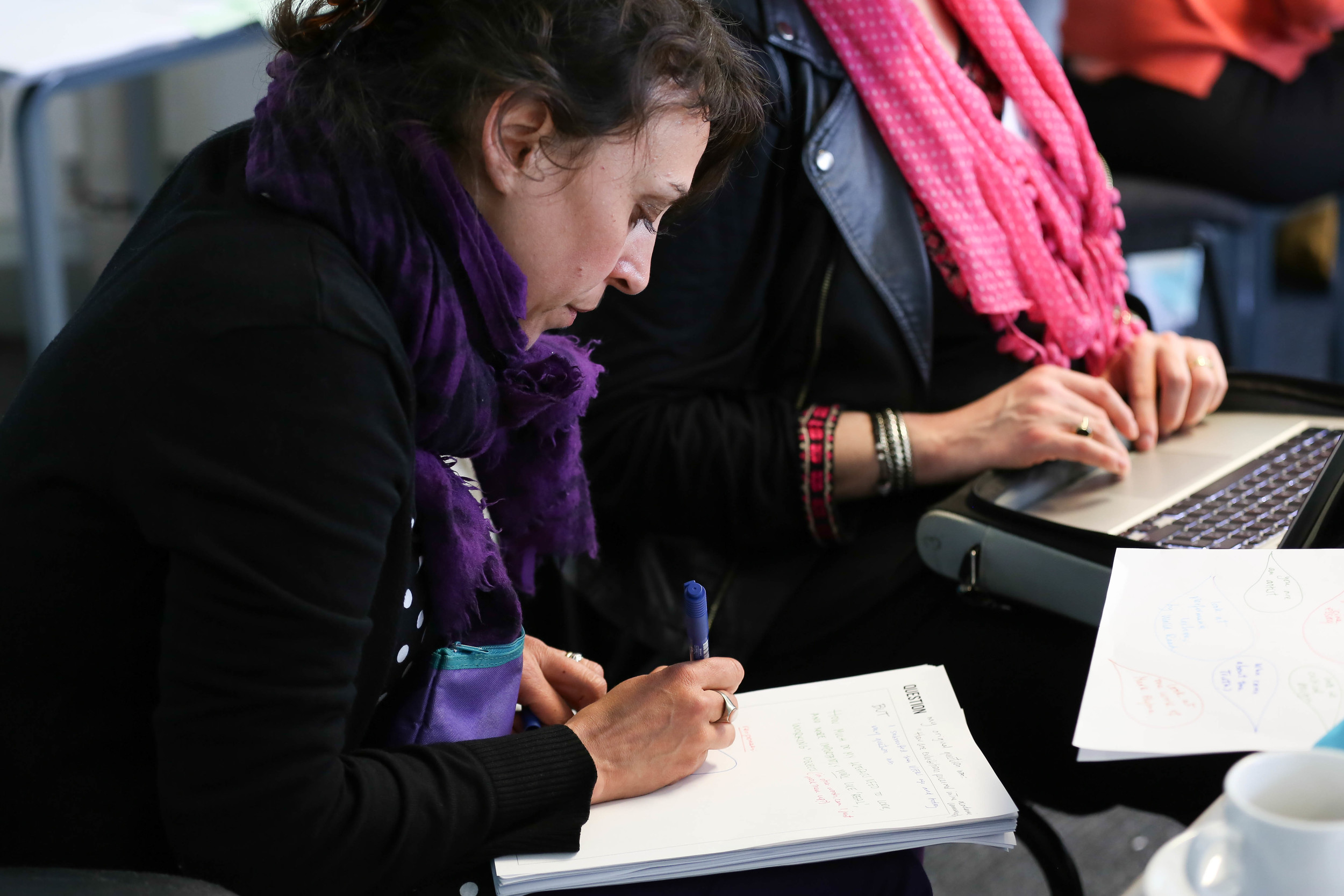
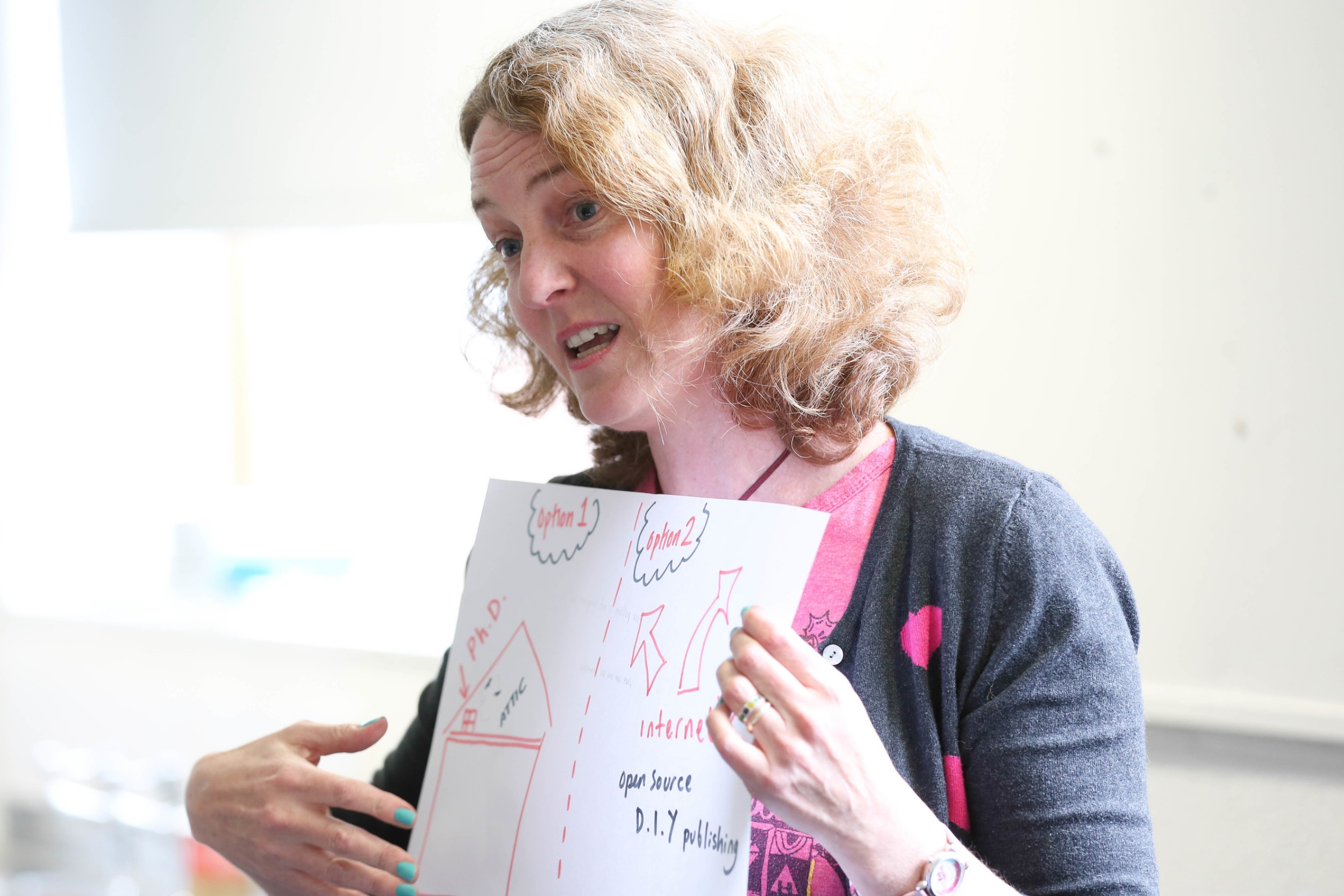

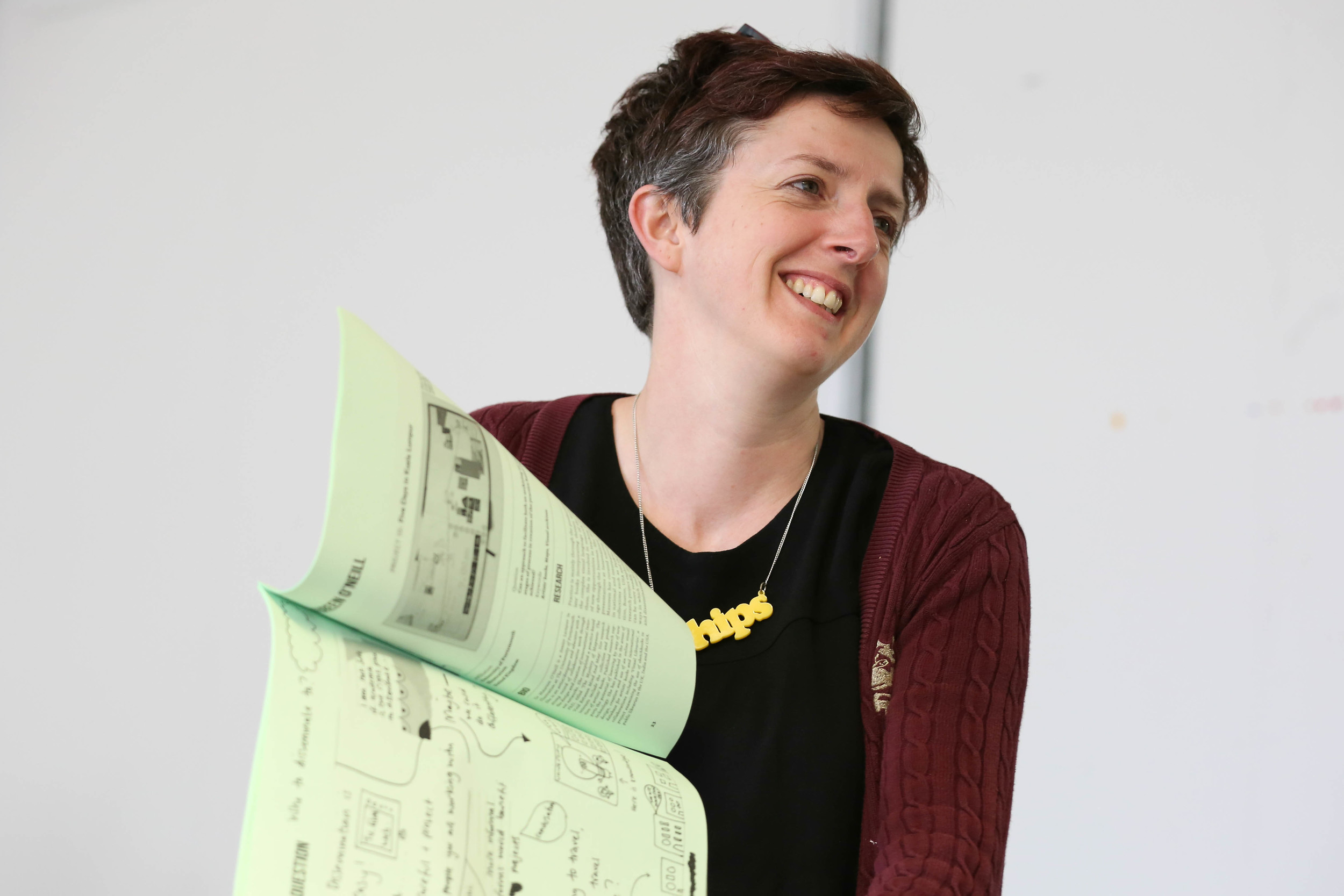
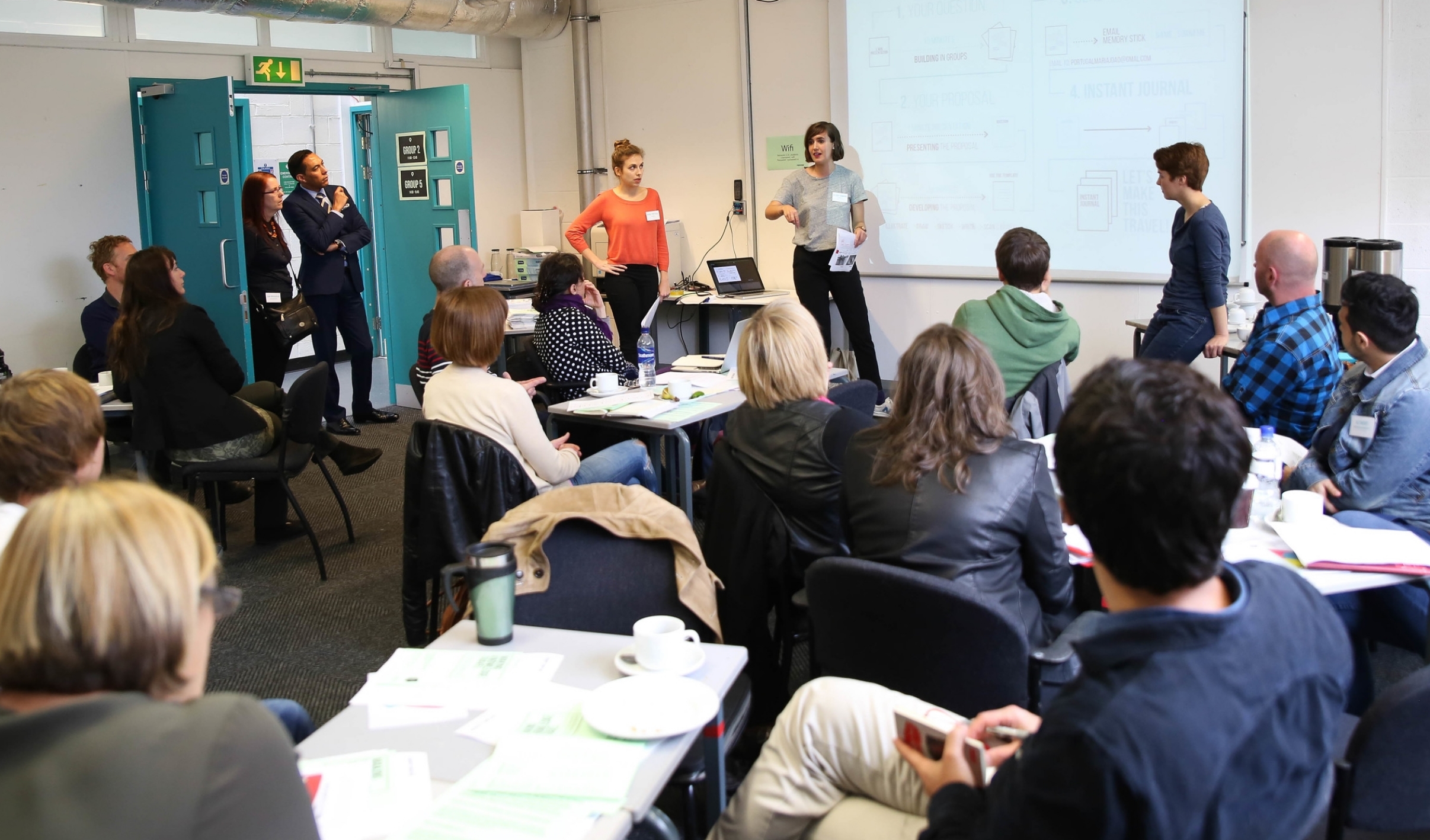
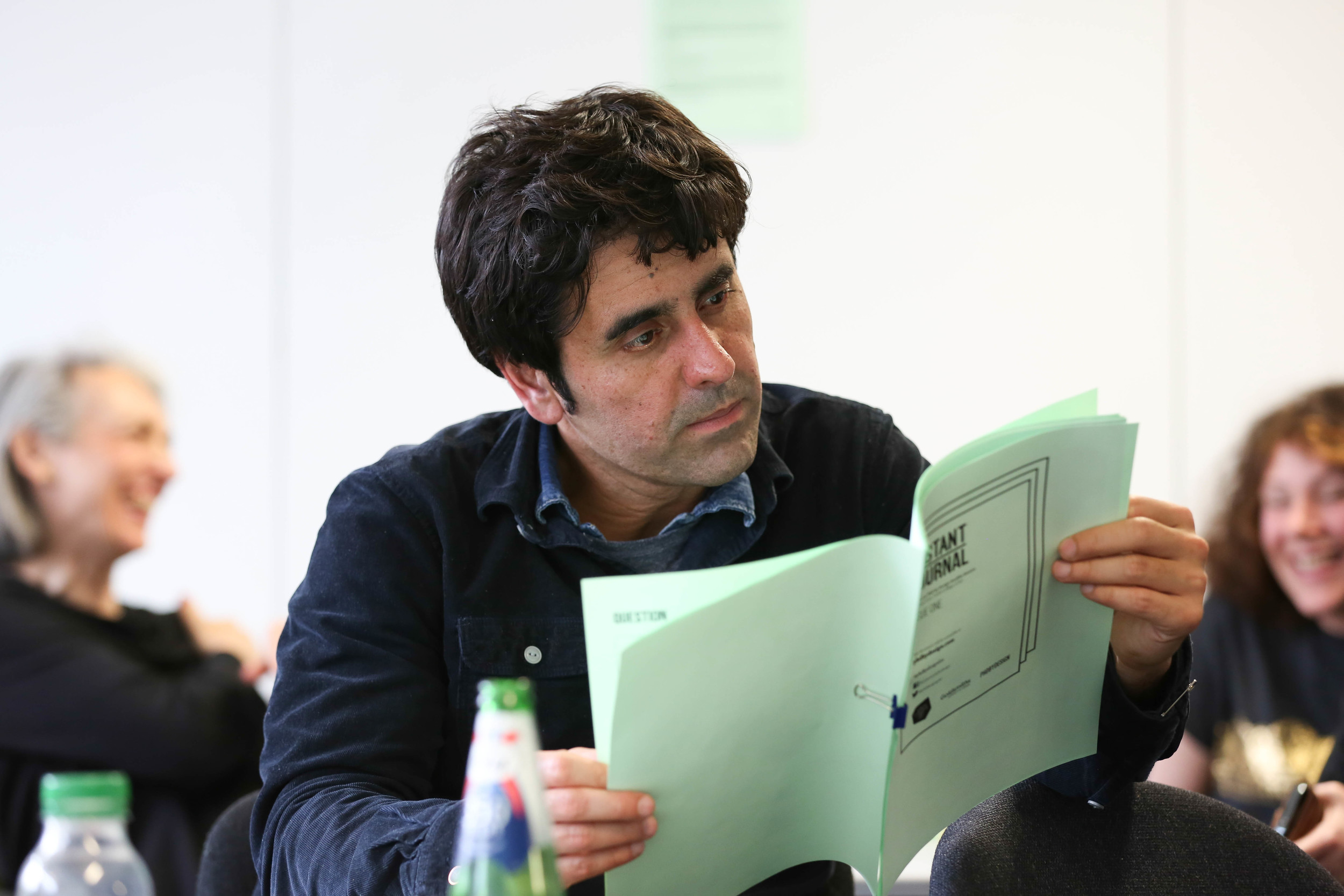
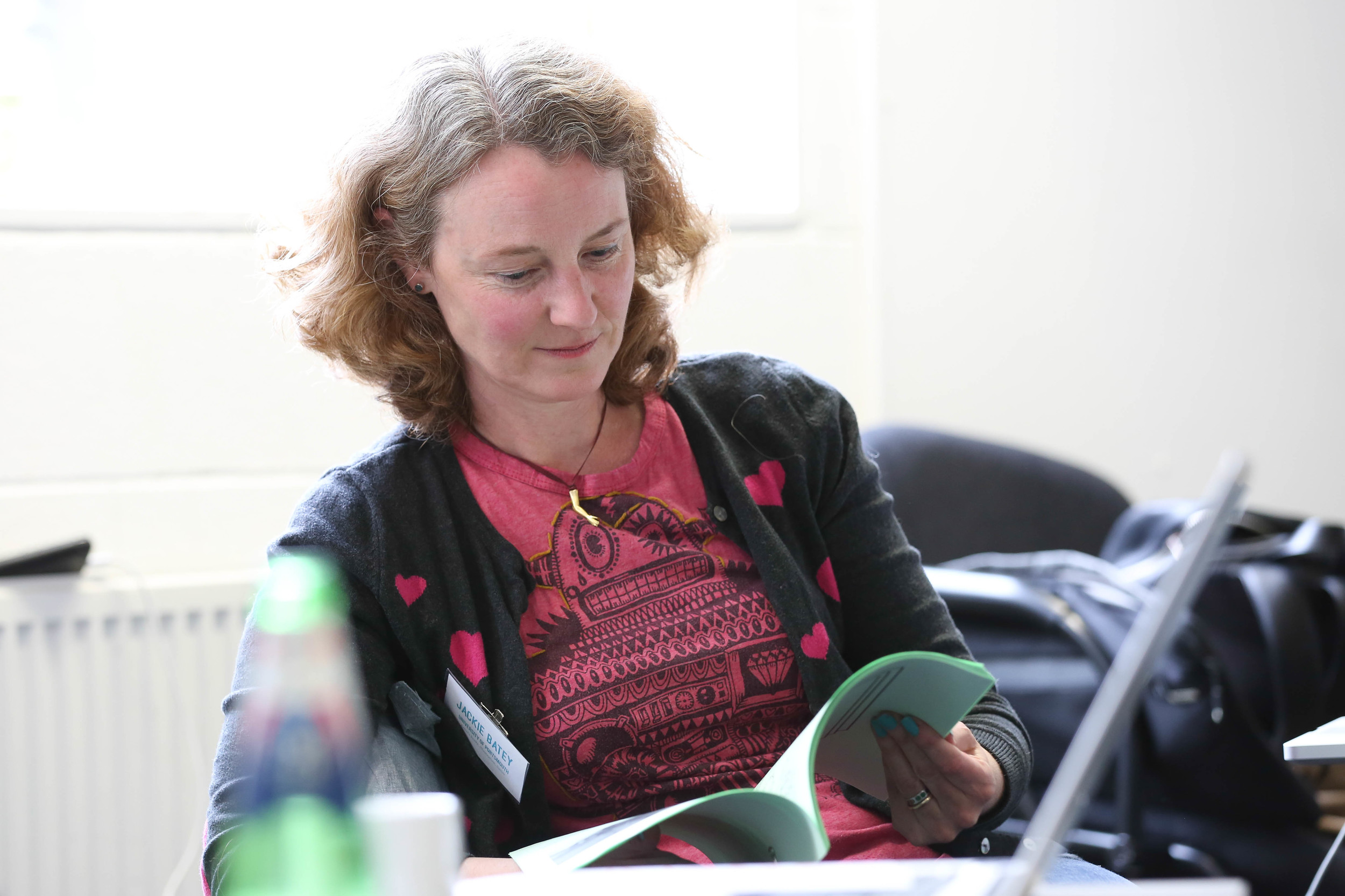
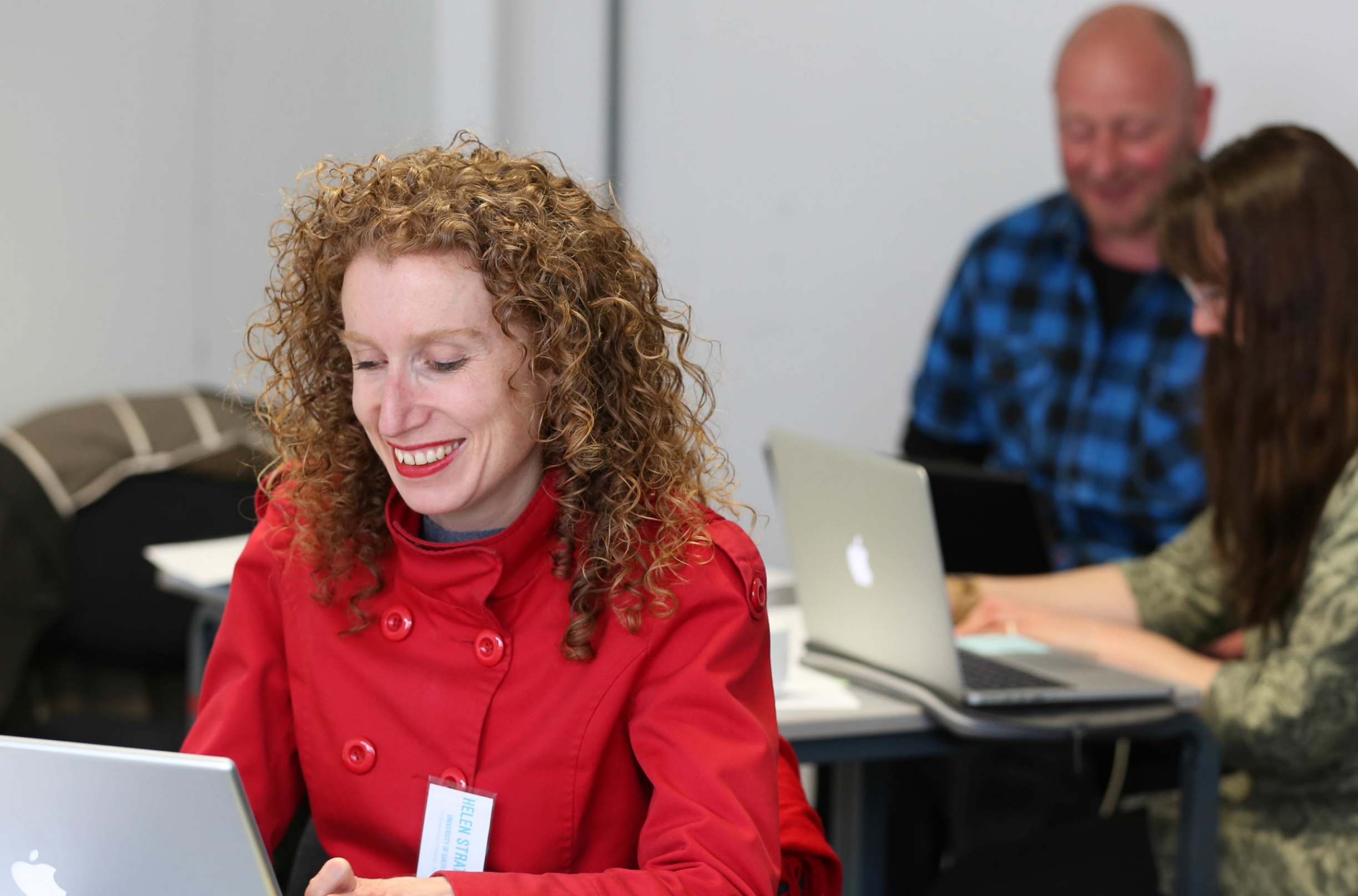
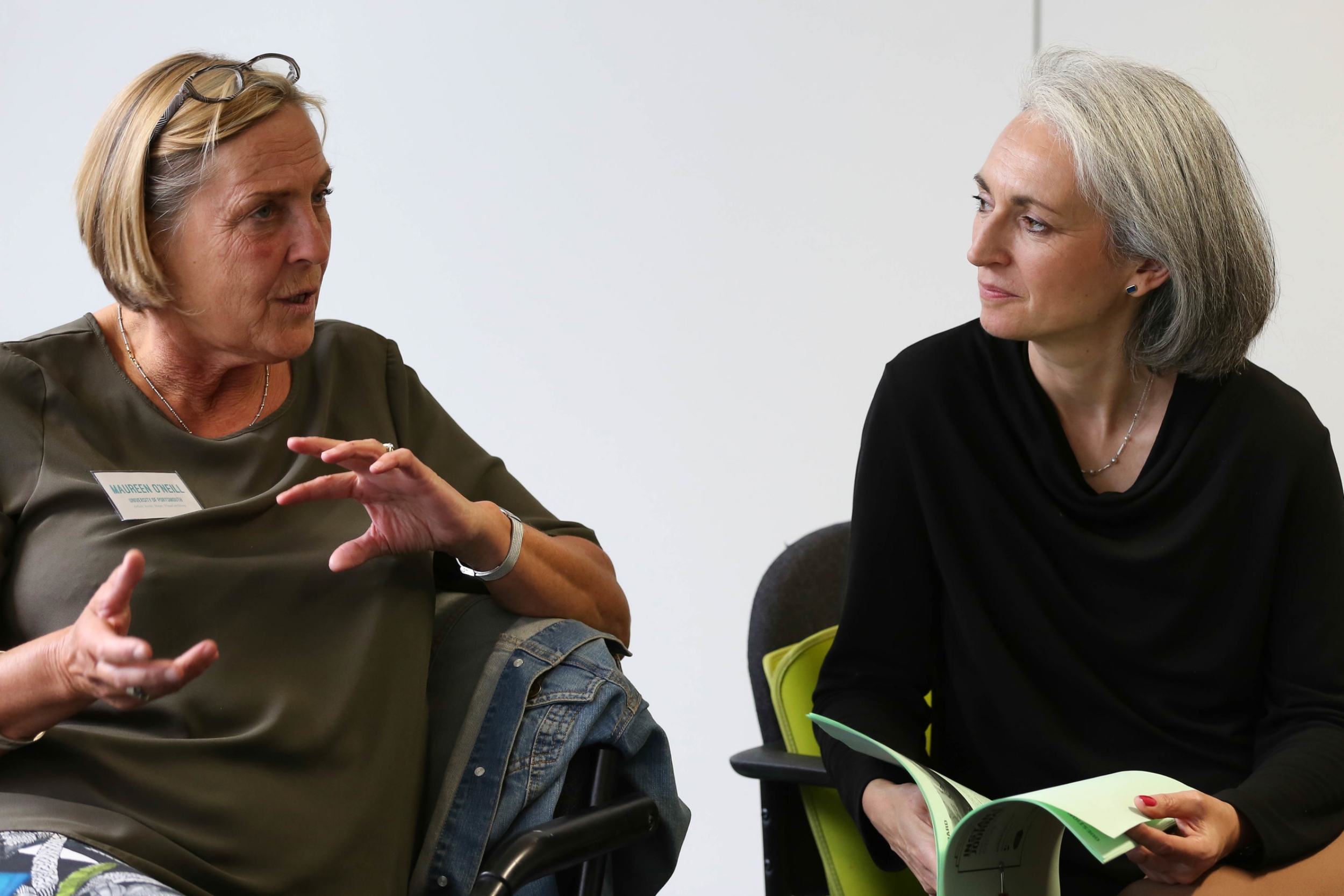
Photos by Ben Harris.
Some of the questions we aim to tackle were:
• Who is the audience for practice-based design research? And how can we reach it?
• What ways of disseminating reflect the inventive ways in which practice-based research is done?
• How to write up research with non-academic collaborators?
• How to push the boundaries of what counts as research and valuable dissemination?
• How to mediate that which is not linguistic in practice-based research?
Possible workshop/discussion threats you might want to connect to
• Actors to connect with: policy makers, industry, funders, users/participants, who else?
• Participatory authorship
• Expanding beyond the comfort zone
• Writing as practice
• Bridging the gap between academic research and society.
• Styles of writing for different audiences
• Non-academic forms of dissemination
• Innovative forms of publishing
INSTANT JOURNAL
As an outcome of the day, all the participants contributed to creating the first issue of an Instant Journal. So that at the end of the day, everyone went home with a record of the knowledge, ideas and proposals generated during the workshop day.
The Instant Journal brings together materials produced for and during the study day. The journal has been produced as an experiment in how knowledge generated through an event can be disseminated instantly – in a form that allows for unpolished and fresh thoughts to be circulated.
The Journals pages consist of each participants biography, their research topic and a question that they were looking to explore on the day. This is followed by a page where they had one hour at the end of the day to document a response to this original question. This was both an interesting and exciting process.


